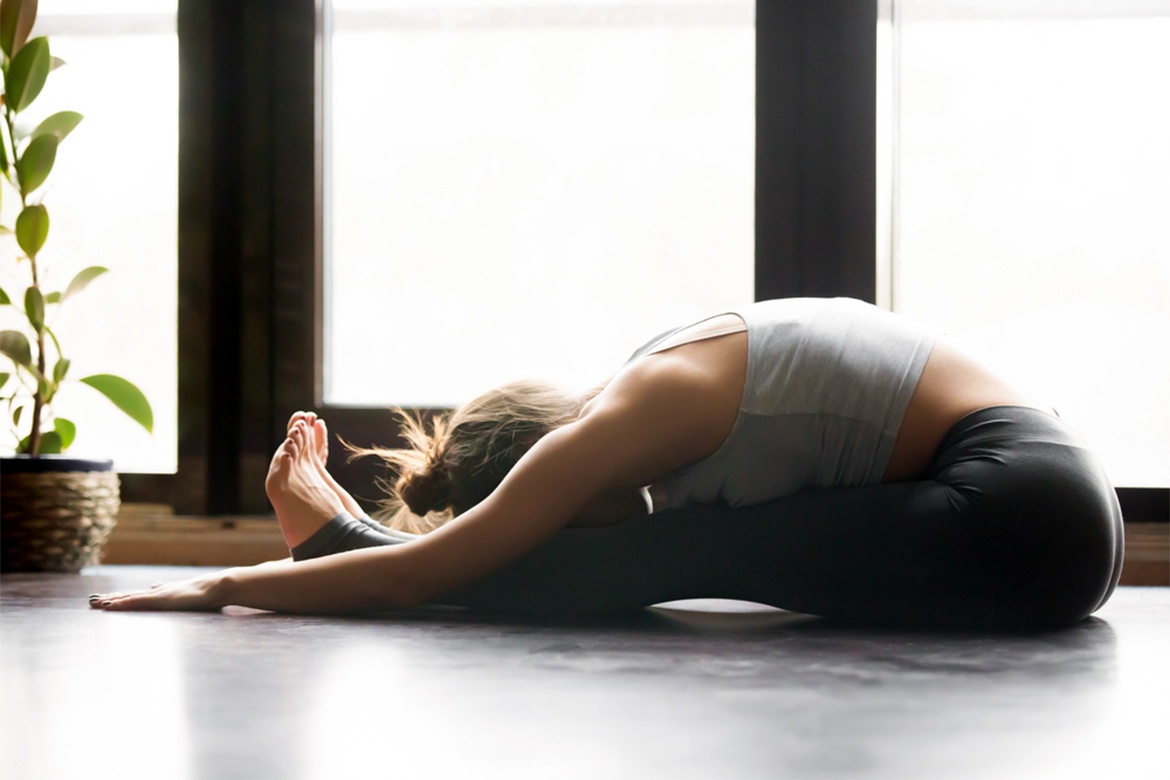Yoga is one of the most popular physical practices with lots of health benefits. There are a wide variety of yoga disciplines. However, it is wise to choose a style according to one’s fitness levels and personality. Given below is the list of comprehensive 14 different types of yoga styles and their benefits.
1) Hatha yoga includes all kinds of yoga based on physical practice. Hatha yoga is best for beginners as the pace is far slower than the other styles. The practice involves a lot of meditation, correct breathing techniques, relaxation techniques and postures.
2) Iyengar yoga is great for those who want to work on injuries and joint problems. It focuses on the alignment of the body. It improves stability, mobility, strength and flexibility.
3) Ashtanga yoga involves six series of postures and multiple Surynamaskars followed by standing as well as floor postures. It is helpful to tone your body.
4) Vinyasa yoga involves a number of athletic yoga postures where movement is coordinated with one’s breath. It is a very physically demanding practice. It helps to tone your body and works your core and upper body. This practice includes meditation and chanting.
5) Integrative yoga therapy (IYT) involves asanas, pranayama, mudra, yoga nindra, mantra and meditation which can be utilized for therapy. It focuses on yoga as a healing art and has designed programs for medical and mainstream wellness settings, including hospitals and rehabilitation centers.
6) Kripalu yoga helps in seeking spirituality. The practice has less hectic asanas and focuses more on self-reflection, pranayama, relaxation, and meditation. The aim is to destress the mind and body. It is not as rigid as the other practices.
7) Jivamukti Yoga incorporates chanting, meditation, deep relaxation and pranayama. There is some emphasis on philosophy, poetry and music. Jivamukti proponents are also expected to be vegetarian.
8) Yin yoga doesn’t involve too much hectic activity. It has a slow-paced style, a lot of seated postures and a focus on spirituality, inner peace a well as relaxation. It enhances the elasticity of connective tissue, improves blood circulation and keeps your muscles flexed.
9) Restorative yoga postures are meant to relax and rejuvenate. It helps you tap your parasympathetic nervous system so that you can relax your mind and body. The style involves props like blankets, bolsters and yoga blocks. Restorative yoga curbs insomnia, anxiety, and stress-related illnesses.
10) Prenatal yoga is a workout for pregnant women. It is specifically designed for pregnant women in all trimesters. It works on pelvic floor muscles and involves several breathing exercises that ease labor and delivery.
11) Anusara yoga has postures that are focused on alignment. Here, the mind-body-heart connection is key. This style uses props to help you reach the perfect pose.
12) Sivananda Yoga begins with Savasana, kapalabhati and anuloma viloma, followed by Surya namaskara. Sivananda’s twelve asanas are designed to increase strength and flexibility of the spine. Chanting and meditation are also a part of Sivananda Yoga.
Sivananda Yoga has five principles: exercise (asanas); breathing (pranayama), relaxation (savasana); diet (vegetarian); positive thinking (Vedanta) and meditation (dhyana).
13) Kundalini yoga is physically demanding and mentally challenging and involves meditation, chanting, mudras, breathing exercises and fast-moving postures with periods of relaxation.
14) Viniyoga adapts the various means and methods of practice to the unique condition and needs of an individual. The goal is to create a tool to individualize and actualize the process of self-discovery and personal transformation.
